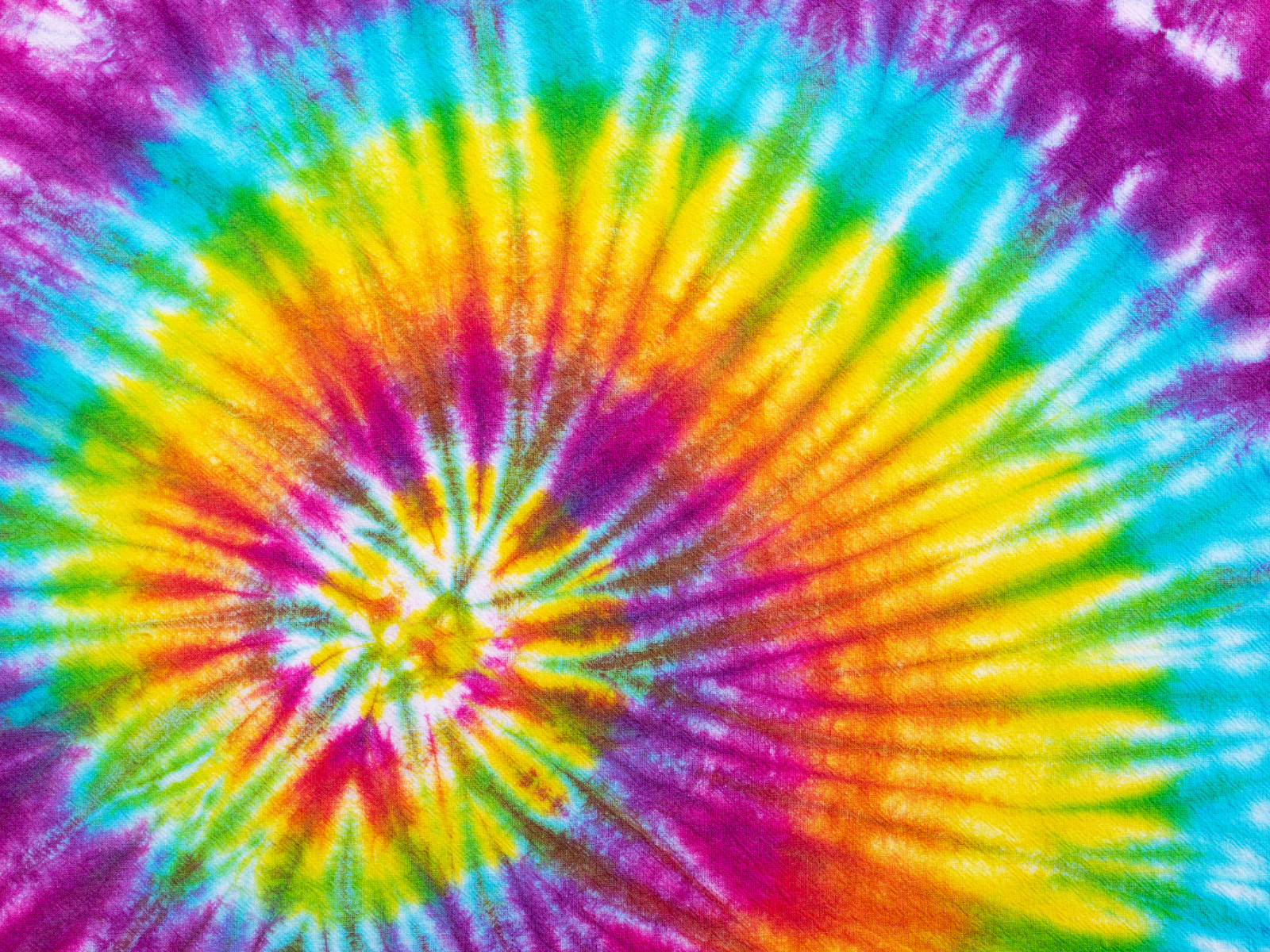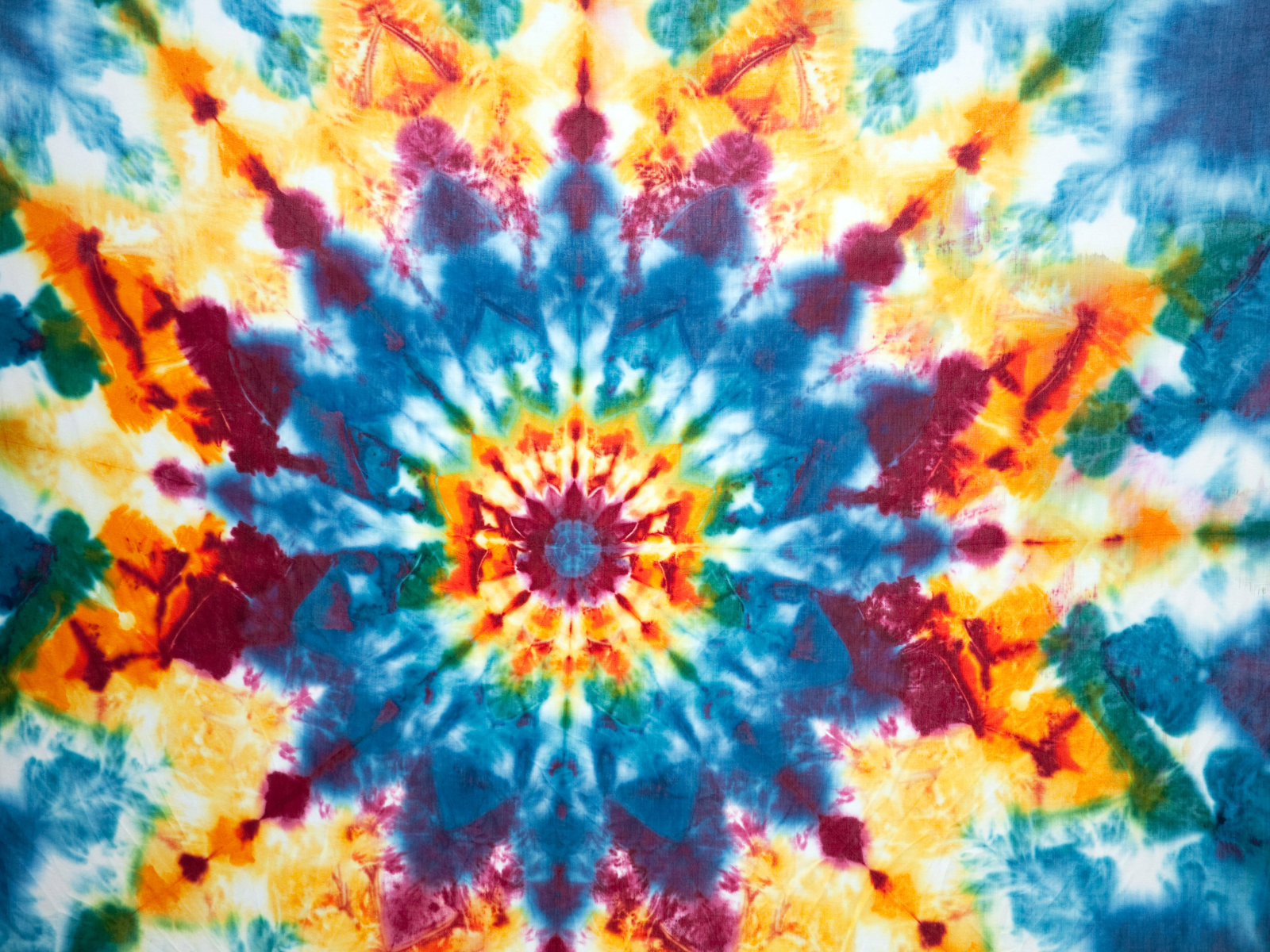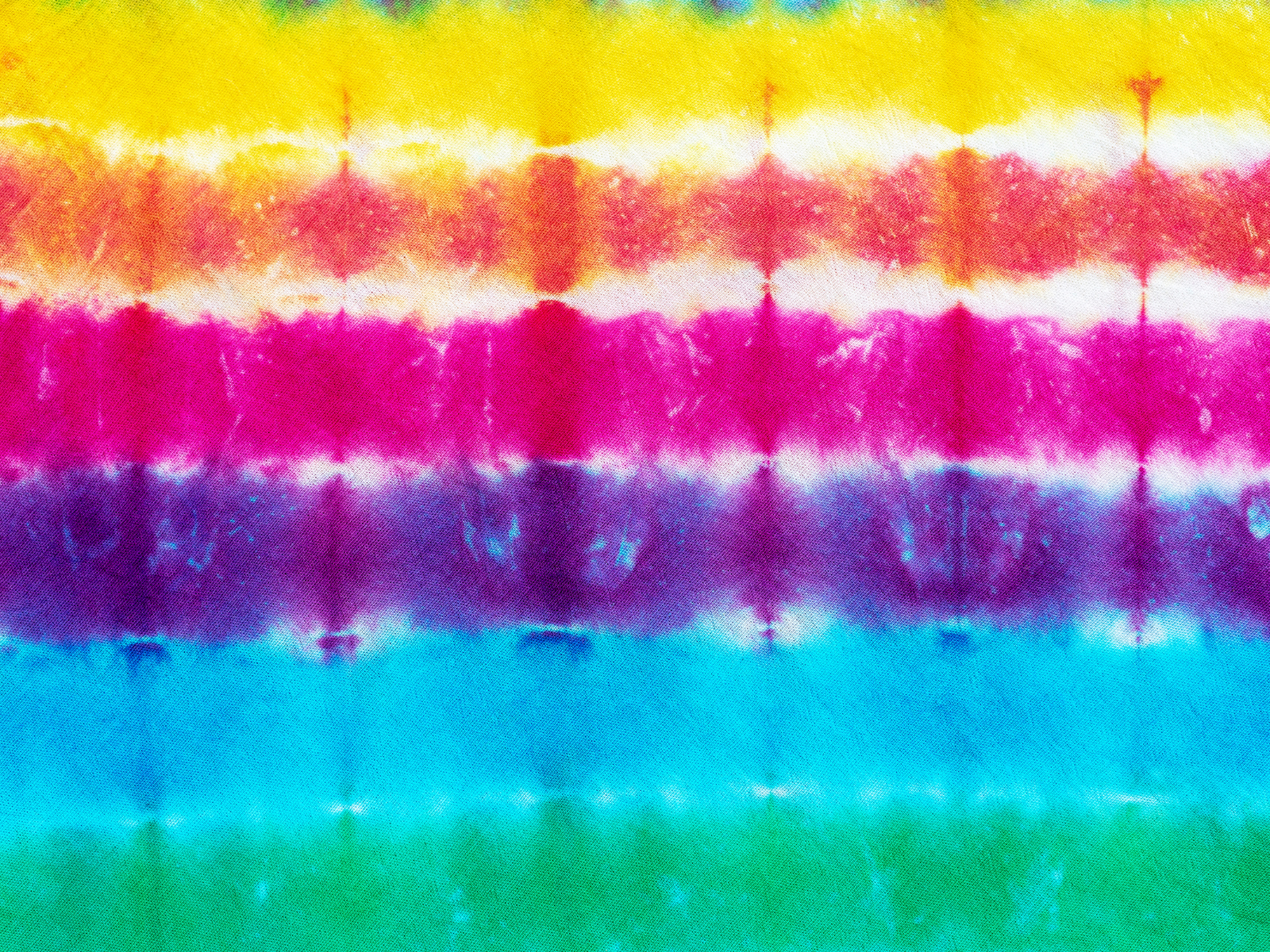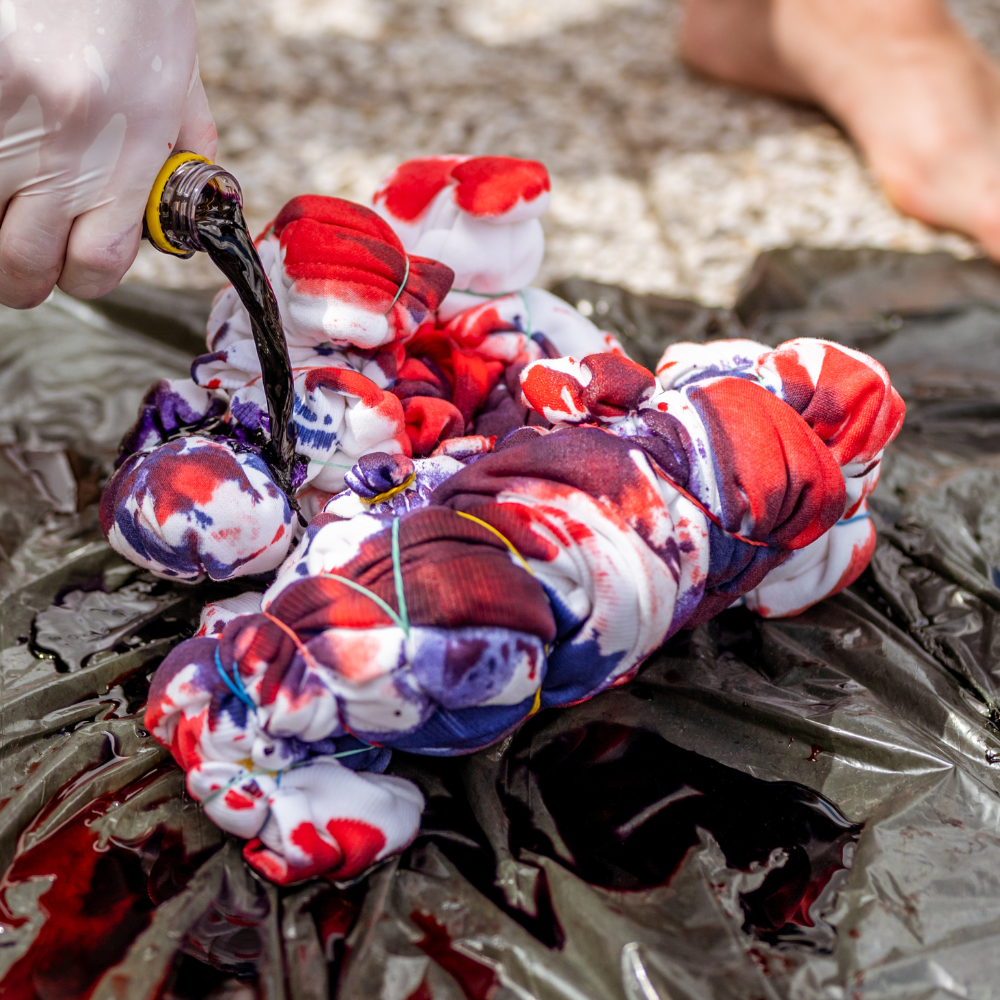Calling all creative minds!
Have you ever wanted to take a fashion-forward approach and add some personality to your wardrobe?
If so, tie dye is the perfect way for you to showcase your individuality through vibrant colors, unique design, and intricate patterns.
Tie dye is one of the most popular and beloved art forms, and for good reason!
Its brilliant hues, exciting techniques, and potential for creativity are an unbeatable combination.
A fascinating art technique that has been loved and celebrated by people for decades, it originated in ancient cultures where people would tie and dye clothes in different patterns, and it gradually evolved into the vibrant and colorful art form we know today.
With its psychedelic colors and bold designs, tie-dye has always been associated with hippies, music festivals, and rebellion, but there's more to this trend than just fashion.
No matter if you're a seasoned pro or a newbie to tie dyeing looking to experiment with different colors, hues, and designs - creating terrific tie dyes can be both fun and rewarding.
Whether it's a DIY project or a trip down memory lane by digging out those old high school t-shirts, tie dyeing can be an amazing outlet to express yourself in a fun and funky fashion.
You’ll be able to mix up bright shades and amazing effects using dyes, brushes and stamps that create a unique tie dye pattern every time.
With the right tools and techniques, turn plain clothing into fancy fashion for any occasion – all while expressing yourself in stunningly beautiful custom designs.
In this blog post we'll delve into the fabric dyeing process and explore how you can color up your wardrobe with simple supplies by learning some basic tie dye techniques, tips, and tricks that will help take your outfit game the next level!
Ready to dive deep into this captivating craft with lots of helpful tips on creating terrific tie dye pieces?
Join us on this colorful quest for fabulous-ness and get ready to pack your bags, folks!
We're embarking on a vibrant journey back in time to the origins of the psychedelic art form known as tie-dye.
Buckle up, it's going to be a groovy ride!
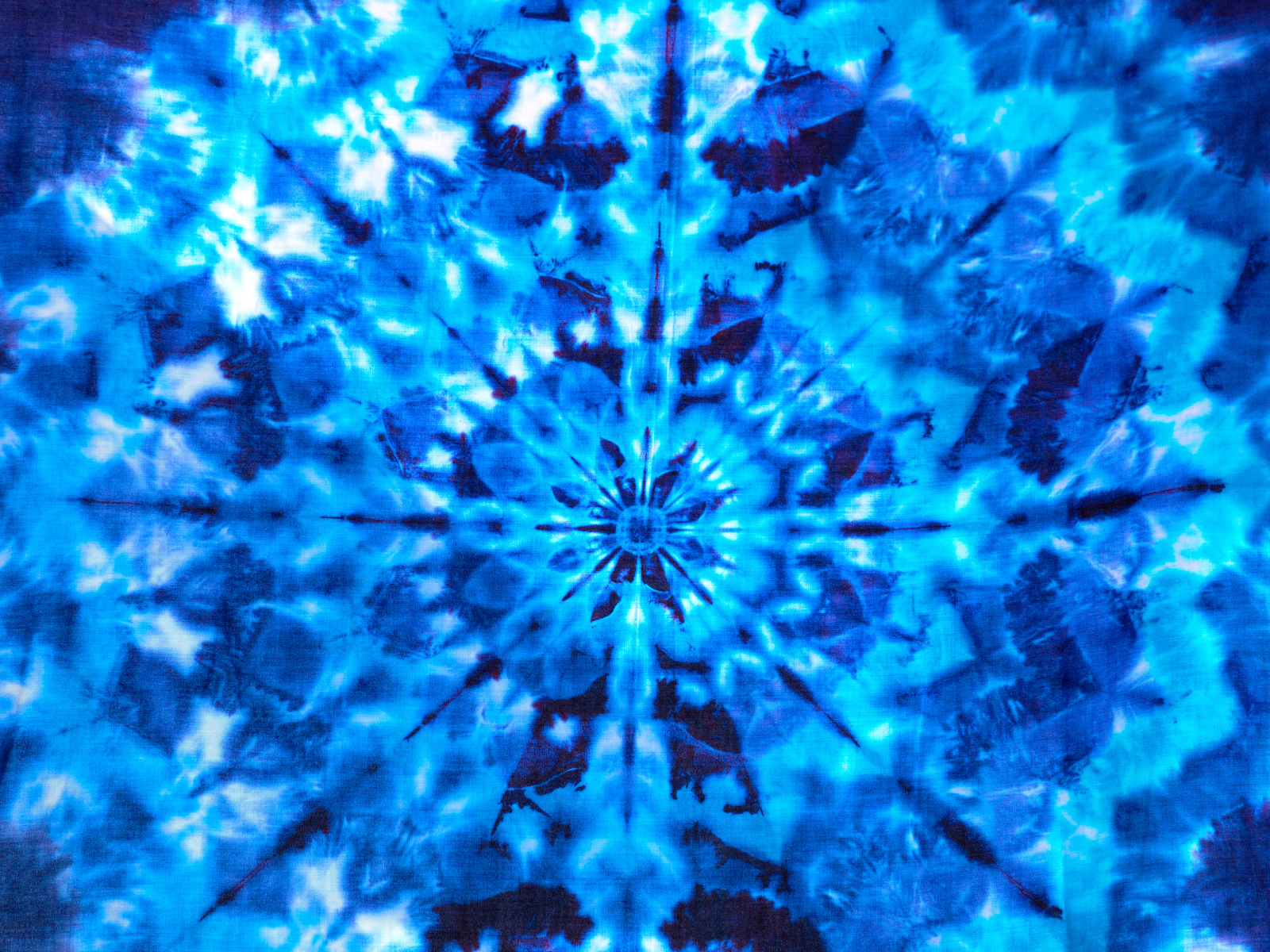
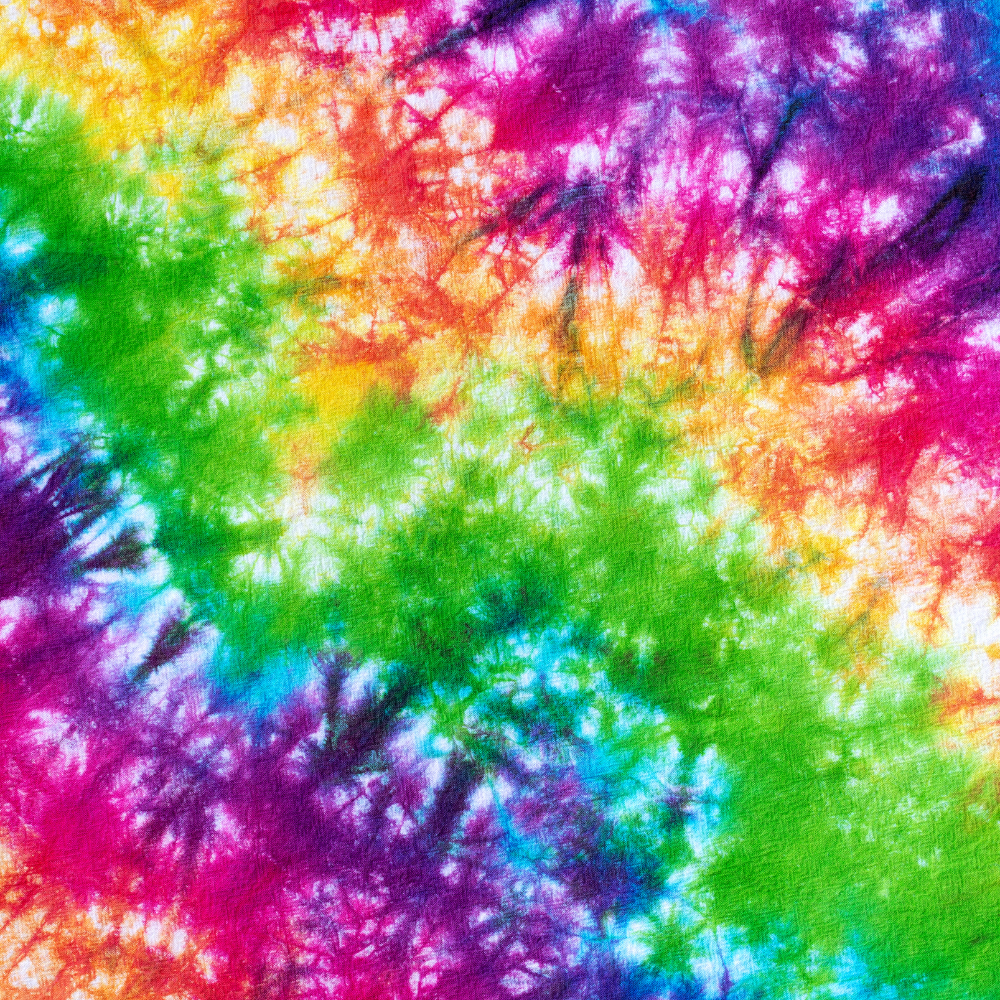
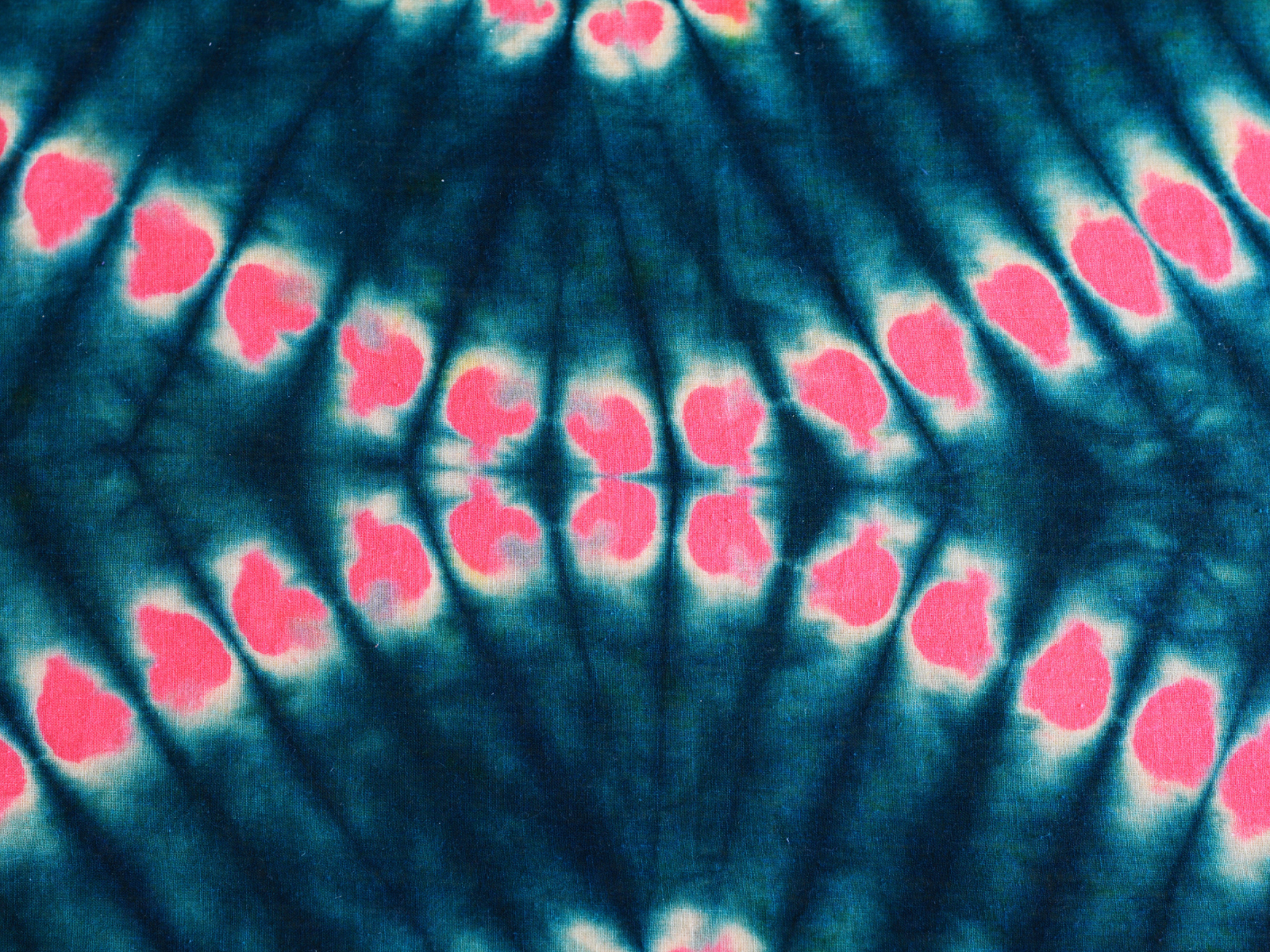
What is Tie Dye?
So, what is tie-dye, exactly?
Simply put, it's the process of manipulating fabric by tying or knotting it, then dyeing it.
Tie-dyeing is a resistant dyeing method because the dye will not penetrate the tied areas.
Typically, tie-dyeing involves tying knots in fabric and then applying different colored dyes to create a variety of unique designs and patterns.
The dye penetrates only the unknotted areas, creating vibrant and colorful motifs.
There are different techniques and styles for tie-dye, some of which include spiral, crumple, and pleat techniques.
However, no matter which technique you choose, tie-dyeing is a fun and creative way to make your own custom designs on clothing or accessories.
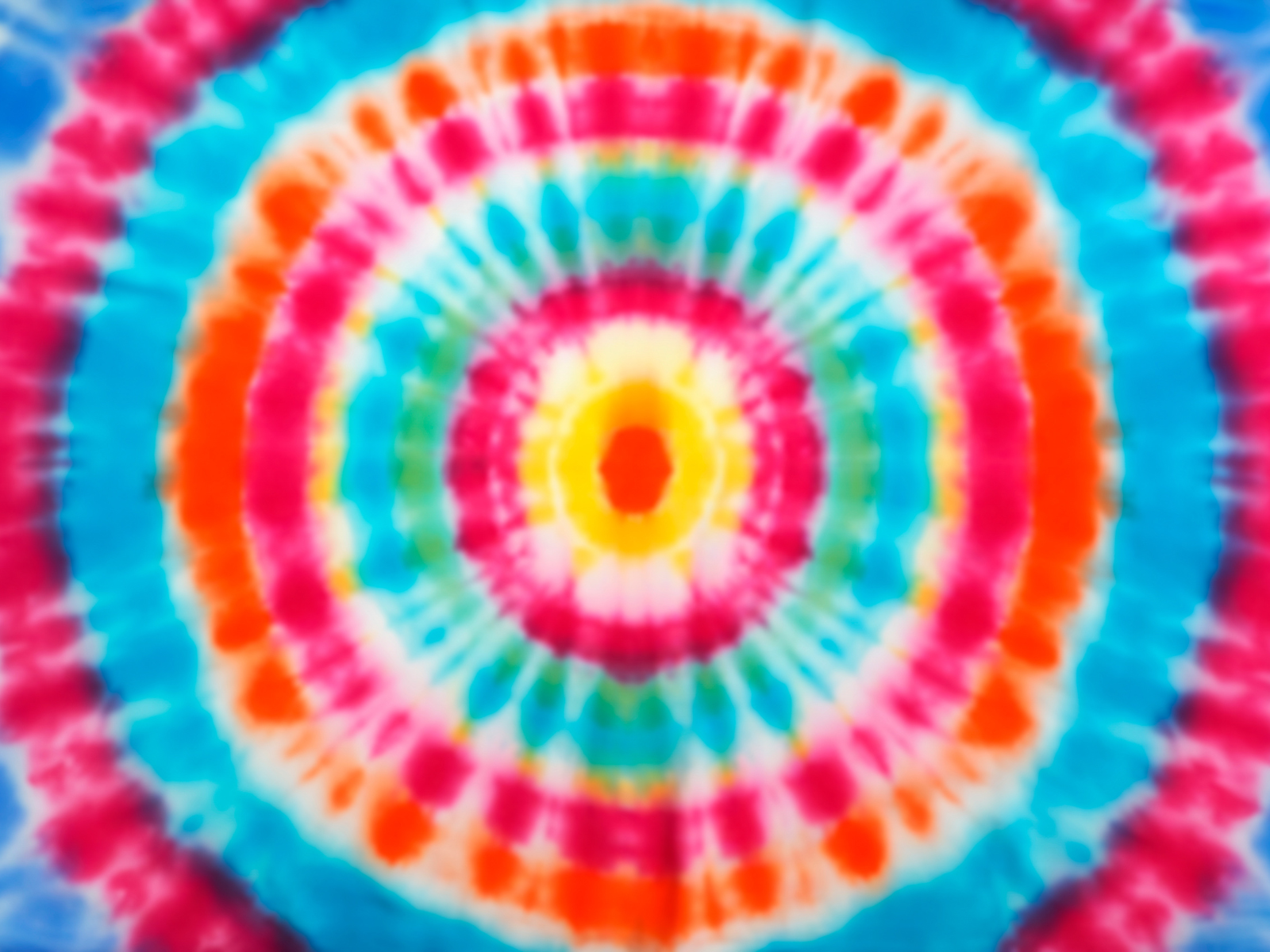


The Birth of a Rainbow
Tie dye is often associated with the hippie movement of the 1960s and 70s, but it has been around for centuries.
Tie-dyeing, or as it was known before the 1960s, "tied dyeing," is an ancient technique practiced across continents and cultures.
In ancient cultures, people used natural materials like plants and berries to dye fabric and used tie-dye techniques to create intricate patterns.
The methods we associate with tie-dye today have their roots in Japan and India.
The Japanese technique of shibori, a precursor to modern tie-dye, which has been practiced since the 8th century, involves folding, twisting, and binding fabric before dyeing it.
The word "shibori" means "to wring, squeeze, and press."
This results in intricate, labor-intensive designs that are just as much a testament to patience as they are to creativity.
The result? Deep hues of indigo with mesmerizing patterns peeking through.
On the other hand, Indian cultures have been practicing 'bandhani,' a similar technique used to decorate fabrics with geometric patterns.
This method involves creating small, intricate patterns on fabric by tying it and then dyeing it in different colors.
Our journey doesn't stop there!
The tie-dye express also pulls into China during the T'ang Dynasty and the Nara Period, where similar resist dyeing techniques were used.
The Chinese used a technique known as 'yu fen,' which involved folding and pleating fabric before dyeing it.
The resulting patterns were quite intricate and detailed, often with floral motifs.
These techniques were passed down from generation to generation, evolving into the vibrant tie-dye styles of today.
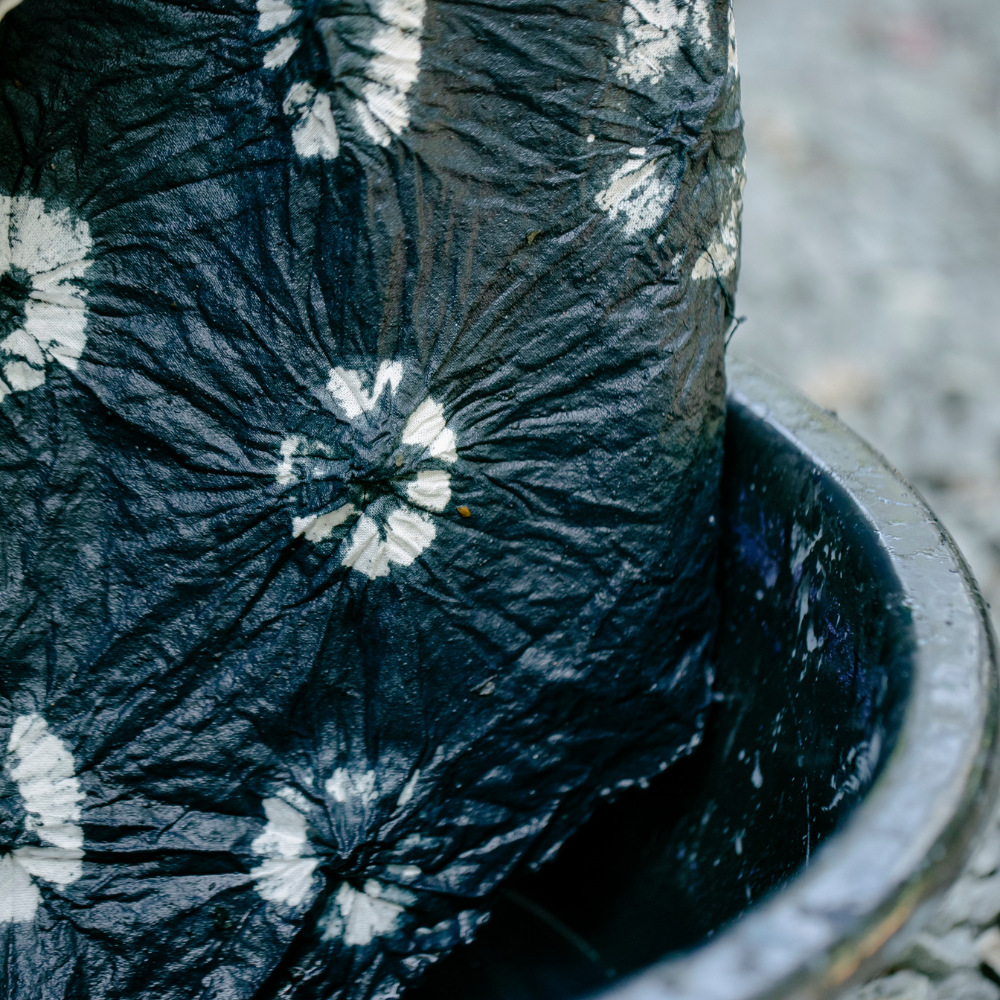

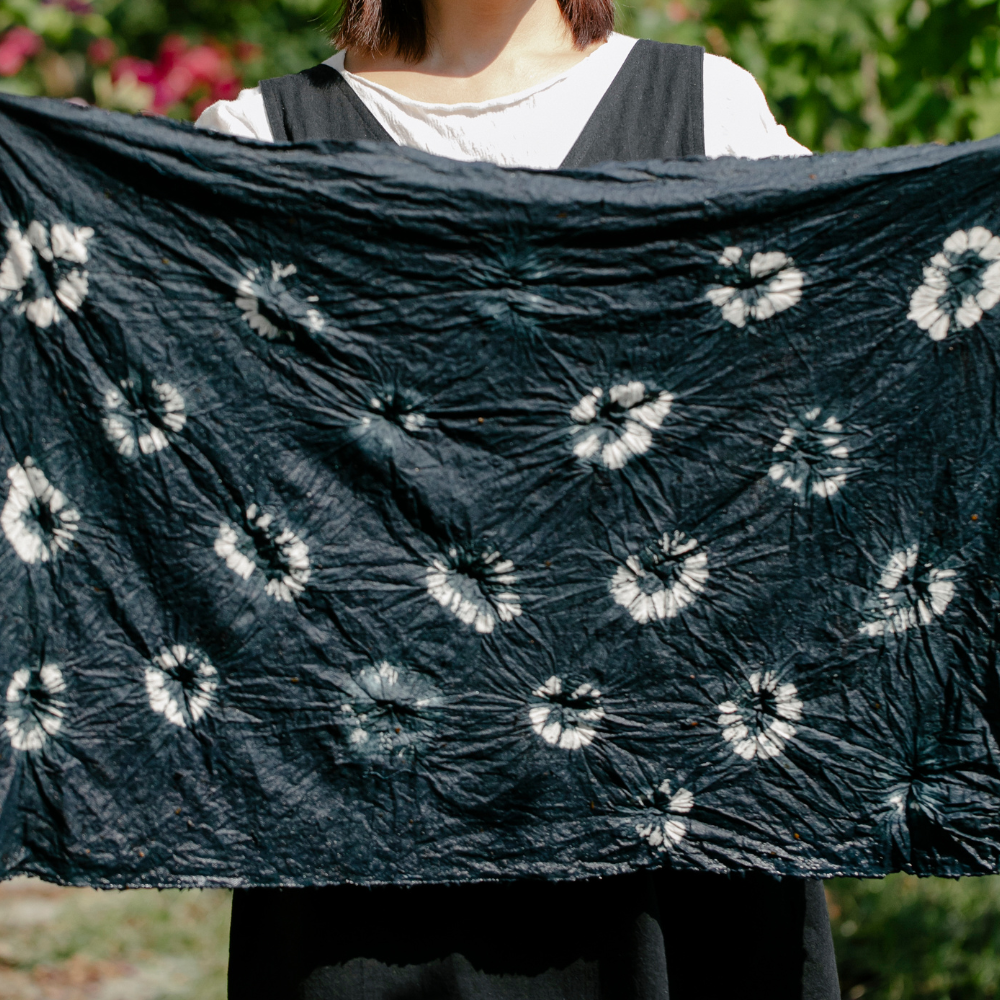
From Ancient Art to Trendy Fashion
Fast forward to the late 1960s and early 1970s in the United States, when tie-dye became popular.
It wasn't until the late 60s and early 70s that tie-dye became a symbol of counterculture and social change.
Tie-dye was used as a way to make a statement, to express individuality, freedom, and a sense of community.
It became a symbol of the anti-war movement, where people would wear their anti-war sentiments in bold and colorful designs.
It was a symbol of rebellion, freedom, and individuality, and it was a form of protest through wearable art.
Who knew that folds and dyes could hold such power?
The hippie movement of the 1960s was heavily influenced by these ancient techniques, and modern-day tie dye is a combination of all three.
But the tie-dye revolution didn't stop at t-shirts.
It spilled over into the world of arts and crafts, influencing painters, sculptors, and textile artists alike. Its impact can still be seen today in the bold, vibrant works of contemporary artists.
Today, it's experiencing a resurgence, thanks to the DIY movement and the desire for unique, handmade items.
We see it in different disciplines like visual arts, interior design, and even culinary art.
The vibrant and psychedelic color schemes have had a significant influence on contemporary culture and styles.
The bold and colorful patterns have found their way into everything from album covers, comic books, and even web design.
From the natural plant-based dyes used in early days to the synthetic dyes available today, tie-dyeing is an enduring art form that never goes out of style.
And with the current resurgence in fashion trends, it's becoming more popular than ever!

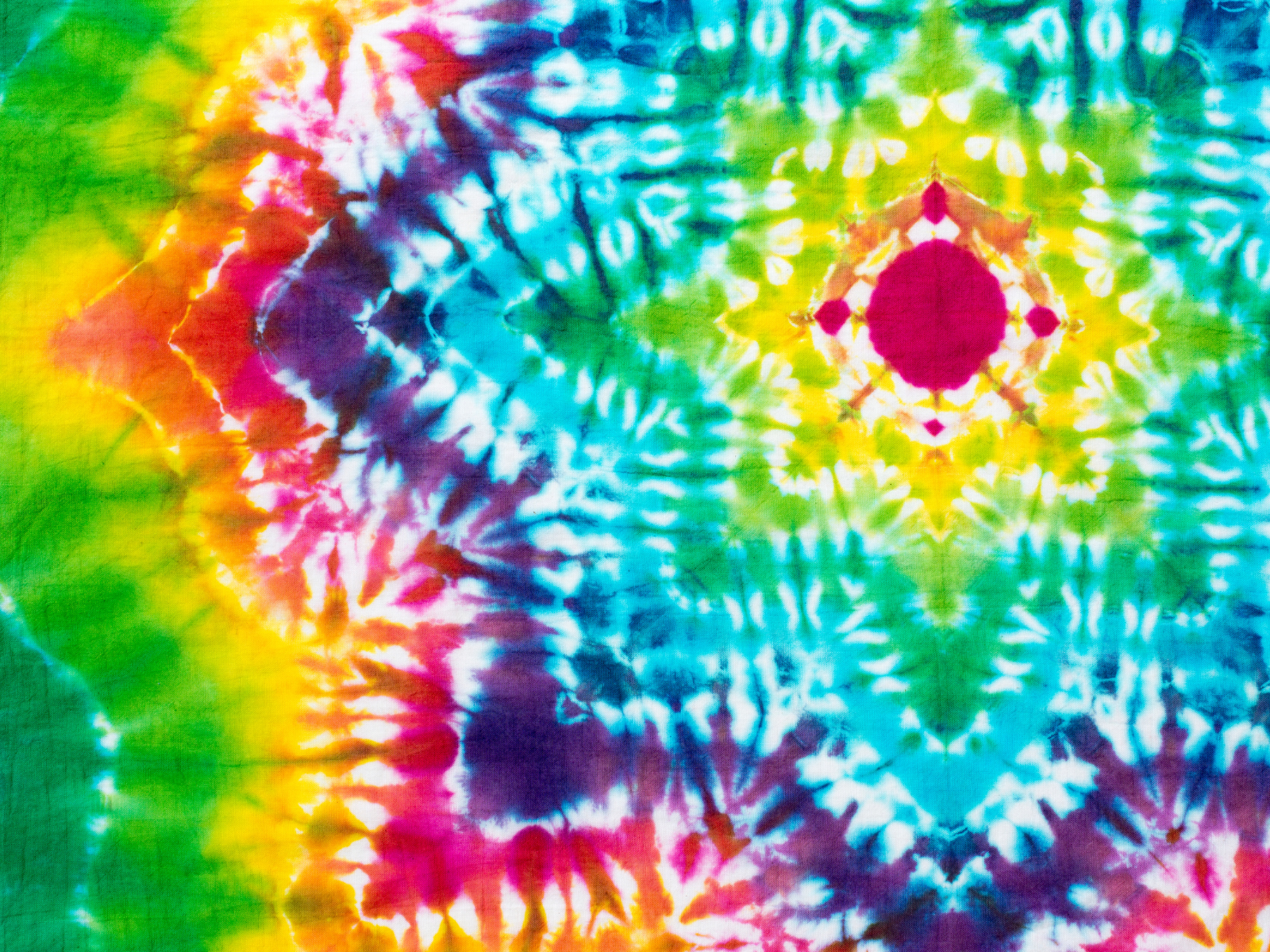
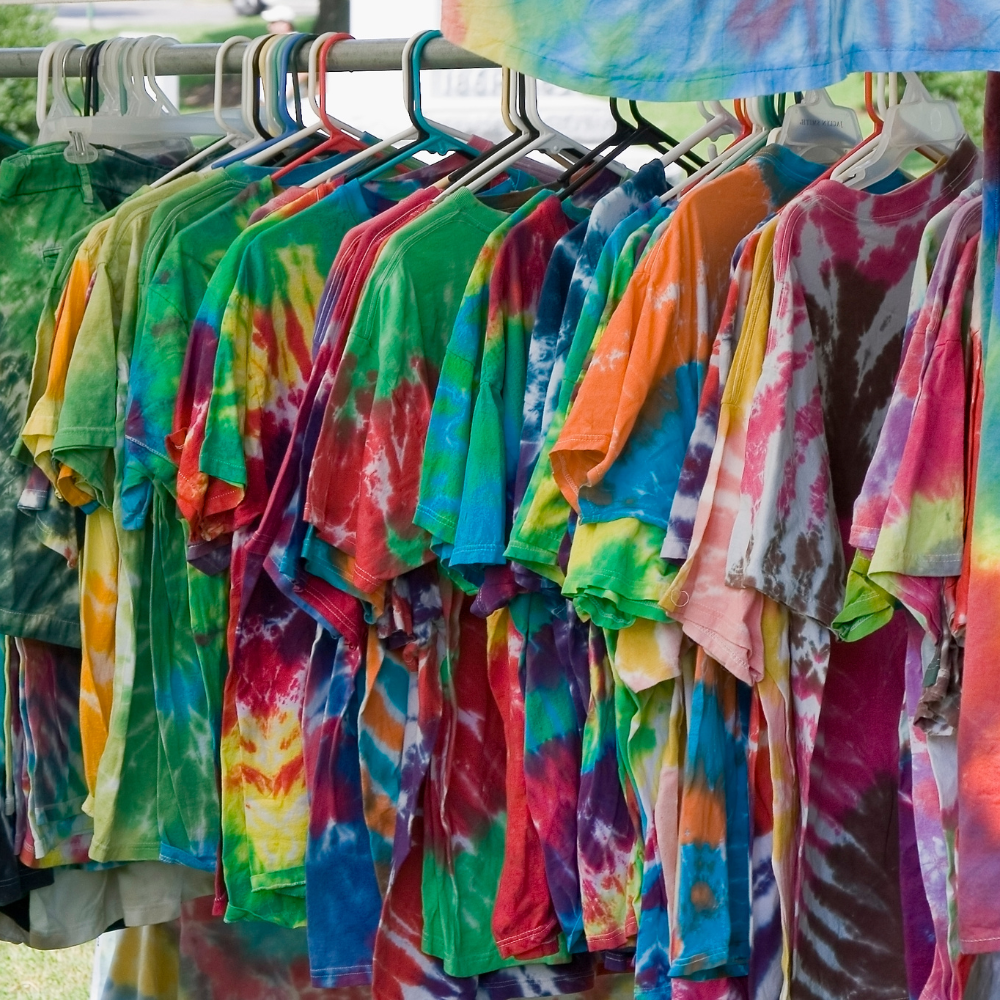
Tie Dye Techniques and Patterns
Making your own tie-dyed creations can be surprisingly easy and fun.
You don't need to be an experienced artist or have any special skills — just a few basic tie dye supplies and some creative ideas.
Tie-dyeing can be used on all sorts of fabrics, from natural materials like cotton to synthetic materials like polyester.
Fiber reactive dyes work best for natural fibers, while acid dyes are better for synthetics.
Whether you want to dye a single item or an entire wardrobe, there is something for everyone.
You can go with one of the classic tie-dye patterns like spirals and stripes, or create your own unique designs by combining techniques.
The most common technique is called "tie and dye," which involves tying, knotting or folding fabric before dyeing it.
This will create a design that will resist the dye, and when the fabric is unfolded, a unique pattern will appear.
The technique is fairly simple, but depending on how you tie or knot your fabric, you can create intricate patterns with lots of detail.
Some options for tying your fabric include spiral, crumple, pleat, bullseye, sunburst, stripes, triangle folds, and braid techniques.
Another popular method is the "ice-dye" technique which uses ice cubes in place of rubber bands or knots to produce a unique mottled effect.
You can also use different dyes to create a variety of colors and shades.
You can even add a bit of shine or glitter if you're feeling extra creative!
Other tie-dye techniques include stamping, swirling, dipping, and batting.
Stamping involves applying a dye directly to a fabric in the shape of a stamp.
Swirling is an interesting technique that involves gently twirling fabric around in circles while attaching it with string or rubber bands.
This will create a mesmerizing effect on the fabric when it's dyed.
Dipping involves dipping the fabric in dye baths, while batting involves applying dyes to a fabric through a stencil.
Batting involves folding the fabric into a tight bundle and tying off with string or rubber bands, which will create pinwheel-like patterns when the dye is applied.
Each technique will create unique designs and effects that you can use to make your own one-of-a-kind tie-dye creations!
No matter which technique you choose, tie-dyeing can be used to make great fashion statements as well as beautiful works of art!
With the right techniques and supplies, you can create a unique and eye-catching design that will be sure to turn heads!
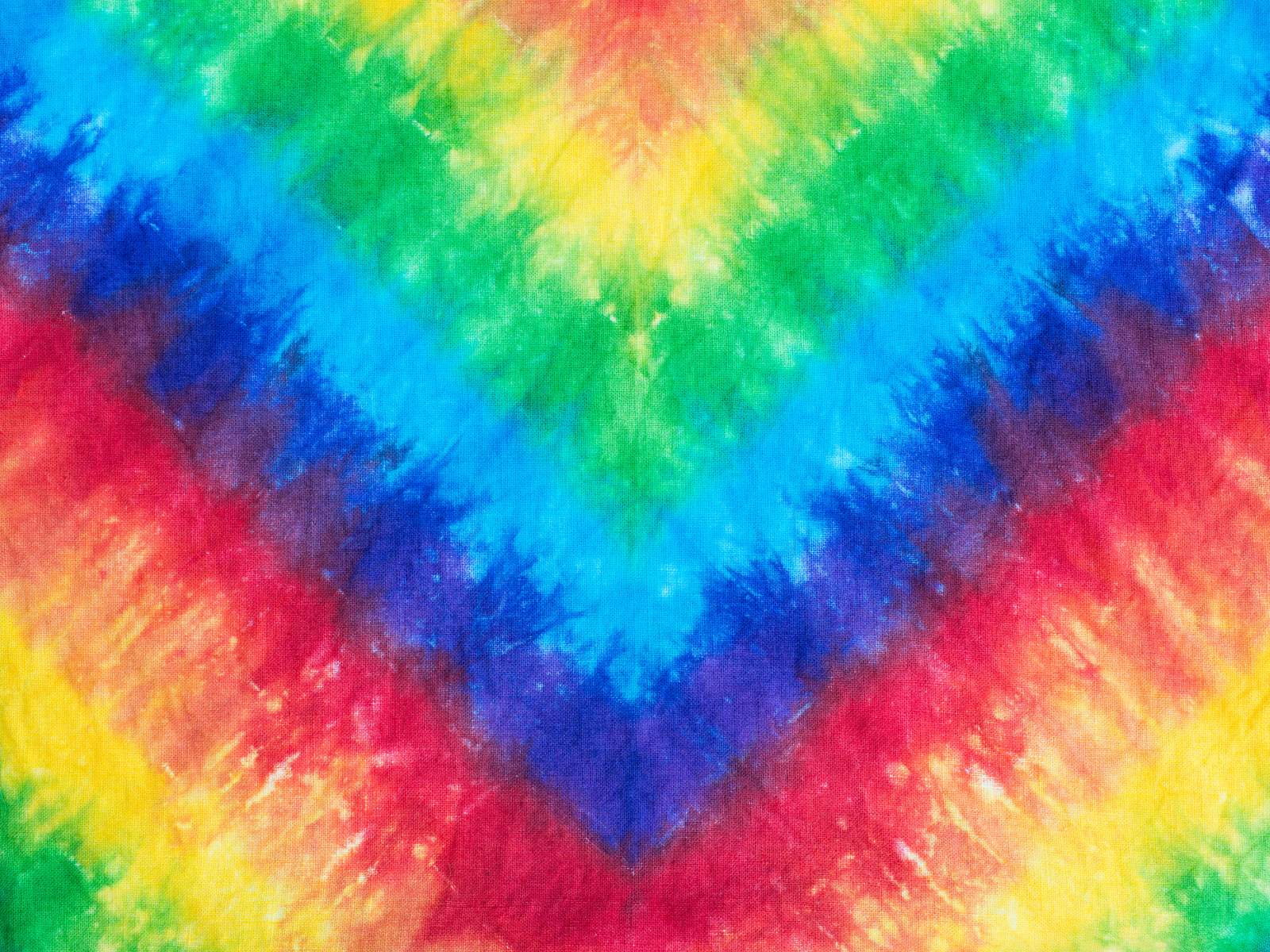
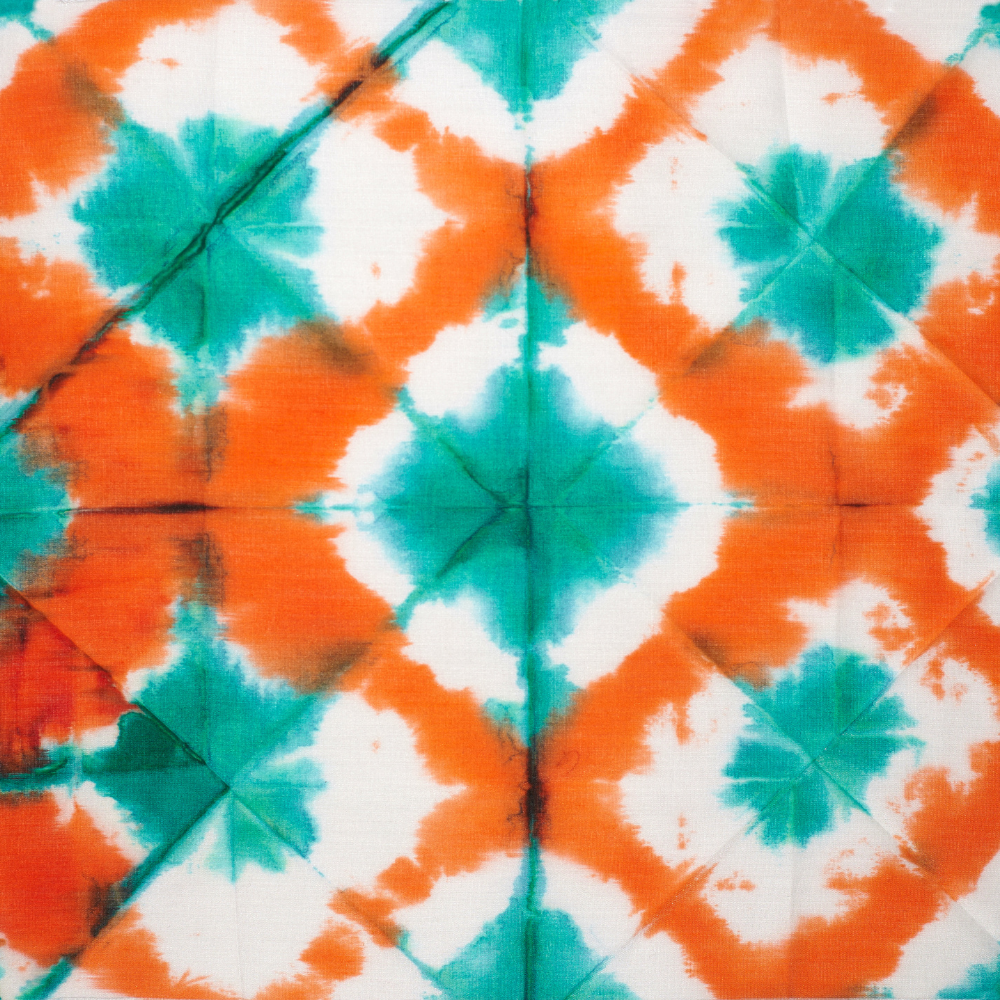
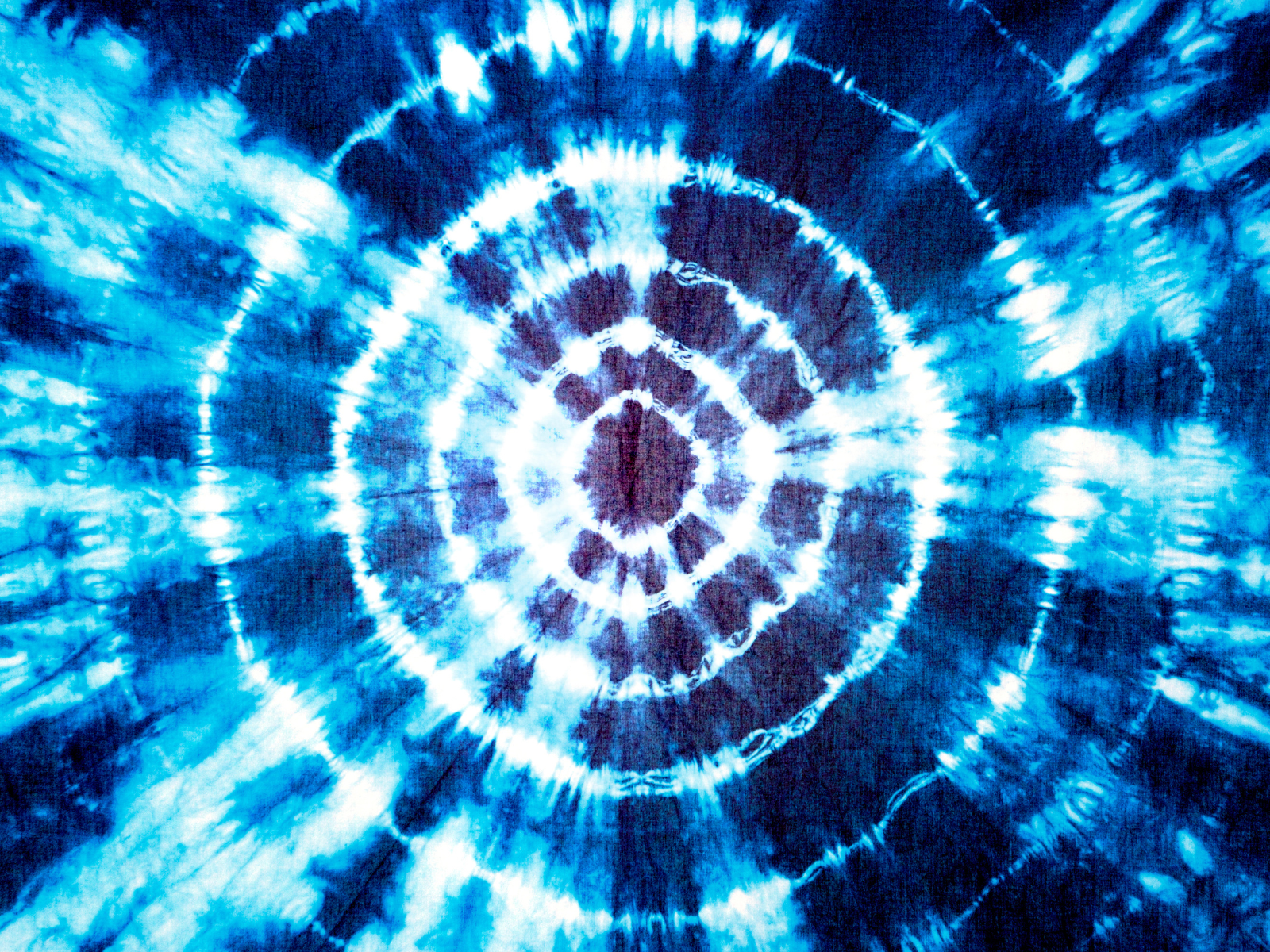
Creating Terrific Tie Dye
In the modern day, tie-dye is an accessible craft that anyone can try.
Whether you’re a beginner looking for inspiration or an experienced artist looking for new techniques and tips, creating tie-dye pieces is easy and fun!
One of the primary benefits of tie-dyeing is that it is a relatively simple and straightforward process that artists of all skill levels can do.
All you need are some basic supplies like rubber bands, dye, and a surface to work on.
Unlike other forms of art, tie-dye doesn't require any formal training or education; the fun of creating one-of-a-kind pieces of wearable art is accessible to everyone!
The possibilities for creative expression are endless, so explore your options!
From the classic spiral to more complex crumple designs, you can make a wide variety of patterns and color combinations that will give your wardrobe a unique look.
The process for how to tie dye various upon your chose dye or pigment for your tie dye project; you can use dye powder, a dye bath, a tie dye kit, or even food dyes, which will all yield different results.
You can also use fabric paint and markers in addition to dye to create intricate details or write messages on your clothing, further personalizing your pieces.
You can consider mixing tie dye colors, combining techniques, or adding unique elements to your designs for a more personalized look.
No matter what techniques you use or supplies you choose, the process is simple and straightforward, and it’s easy to make beautiful tie dye pieces with a bit of practice!
You can tie dye socks, shoes, hats, and accessories, or you can tie dye t-shirts, pants, skirts, and dresses.
And it doesn't stop at clothing!
Tie dying can be used on a variety of materials, including canvas bags or blankets, so you can customize your accessories as well.
So, go ahead and get creative with your tie dyed garments!
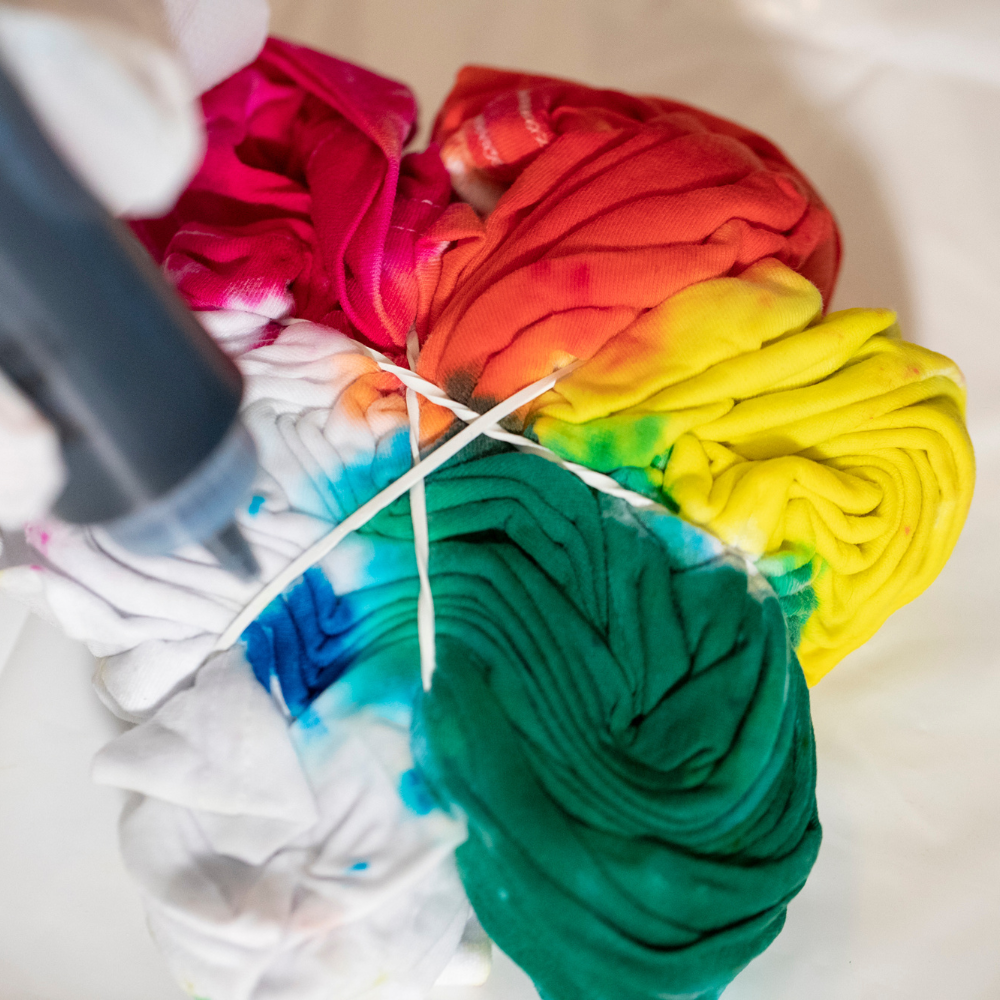
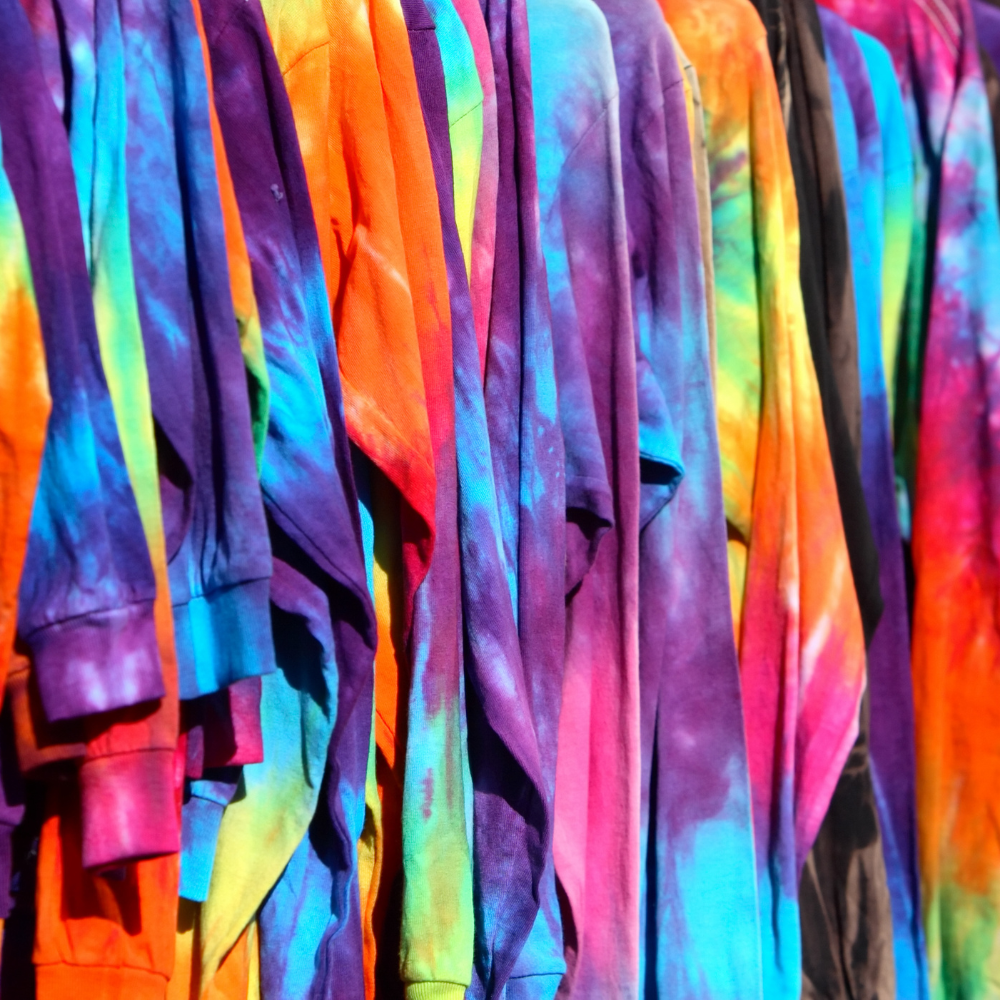

Get Your Tie Dye On!
Now that you know the basics of tie-dye and have an idea of what it is all about - you're probably wondering what supplies you need to get started on your own tie-dye masterpiece.
To create fantastic tie-dye designs, all you'll need is some fabric, dye, water, and a few basic tools.
Here's the lowdown:
- Fabric - Depending on what type of design you want to make, you should choose a fabric that won't fray or unravel easily, like cotton or linen.
- Dye - You can use either natural or synthetic dyes, depending on what type of design you want to create.
- Water - Warm water is best for dissolving the dye and helps speed up the process.
- Basic tools - Rubber bands, string, needles, and safety pins are all useful tools for tying the fabric. You'll also need some protective gloves, an old towel, measuring cups, and a stirring stick.
Once you have all your supplies ready, it's time to get started!
Remember - the possibilities are endless when it comes to tie-dye.
Whether you're looking for a classic spiral design or something more intricate and modern, don't be afraid to experiment and have fun with it.
You can create some truly beautiful pieces of artwork with just a few basic supplies and a little bit of creativity!

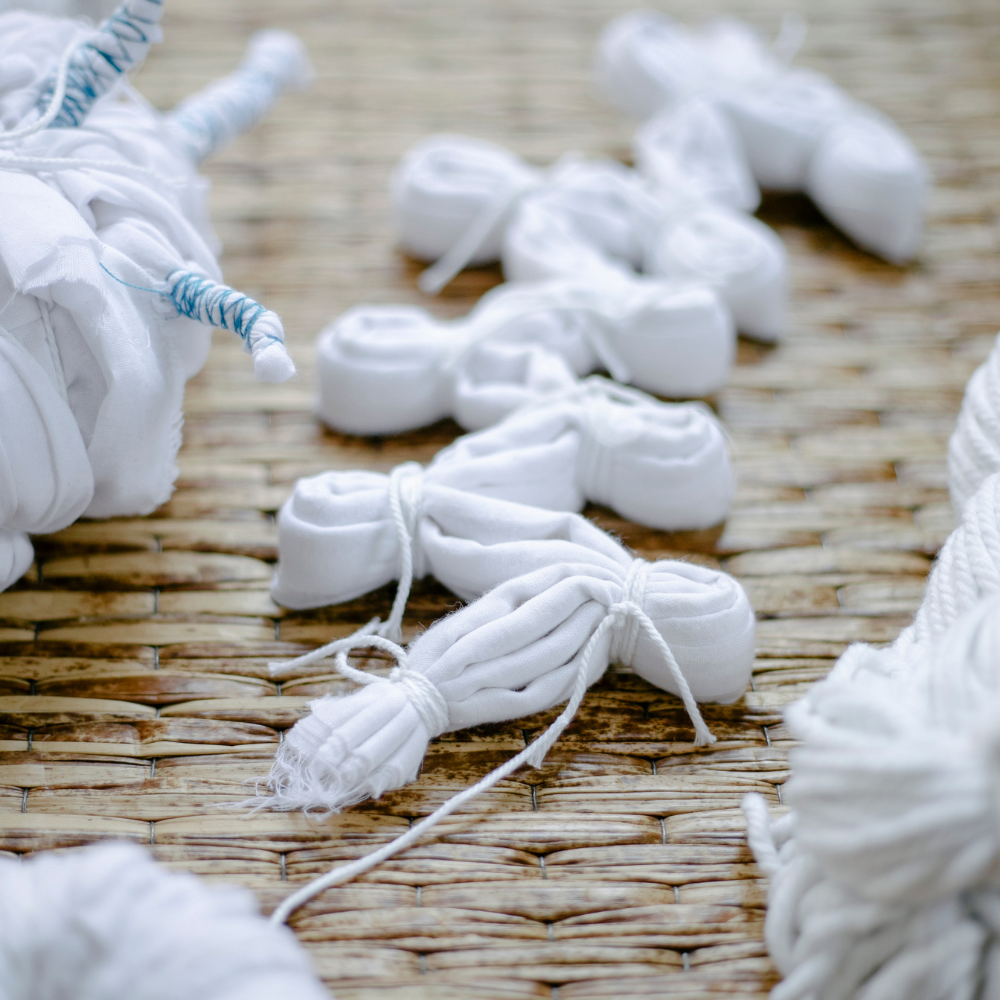

Unleashing Your Inner Tie-Dye Wizard
Feeling inspired to create your own tie-dye masterpiece?
Now, onto the fun part - making your own tie-dye masterpiece!
Here are some pro tips to get you started:
- Choose Your Fabric and Dye Wisely:
Silk or cotton fabrics usually works best for absorbing the dye.
Not all dyes are created equal.
Some are better suited to certain fabrics, so make sure to read the label before you buy.
Also, read the dye instructions carefully.
Different dyes have different requirements - some need to be mixed with salt, while others require heat for the dye to set.
- Prep Your Fabric:
Before you start dyeing, pre-treat it by soaking it in a mixture of water and soda ash or other pH stabilizer for about 10 minutes.
This helps the dye adhere to the fabric and makes your colors more vibrant.
- Fold with Intention:
Each fold and twist will create a unique pattern.
Experiment and see what works best for you!
- Experiment with Techniques:
Don't limit yourself to spiral patterns.
Try different techniques, like shibori or bandhani, to create unique designs.
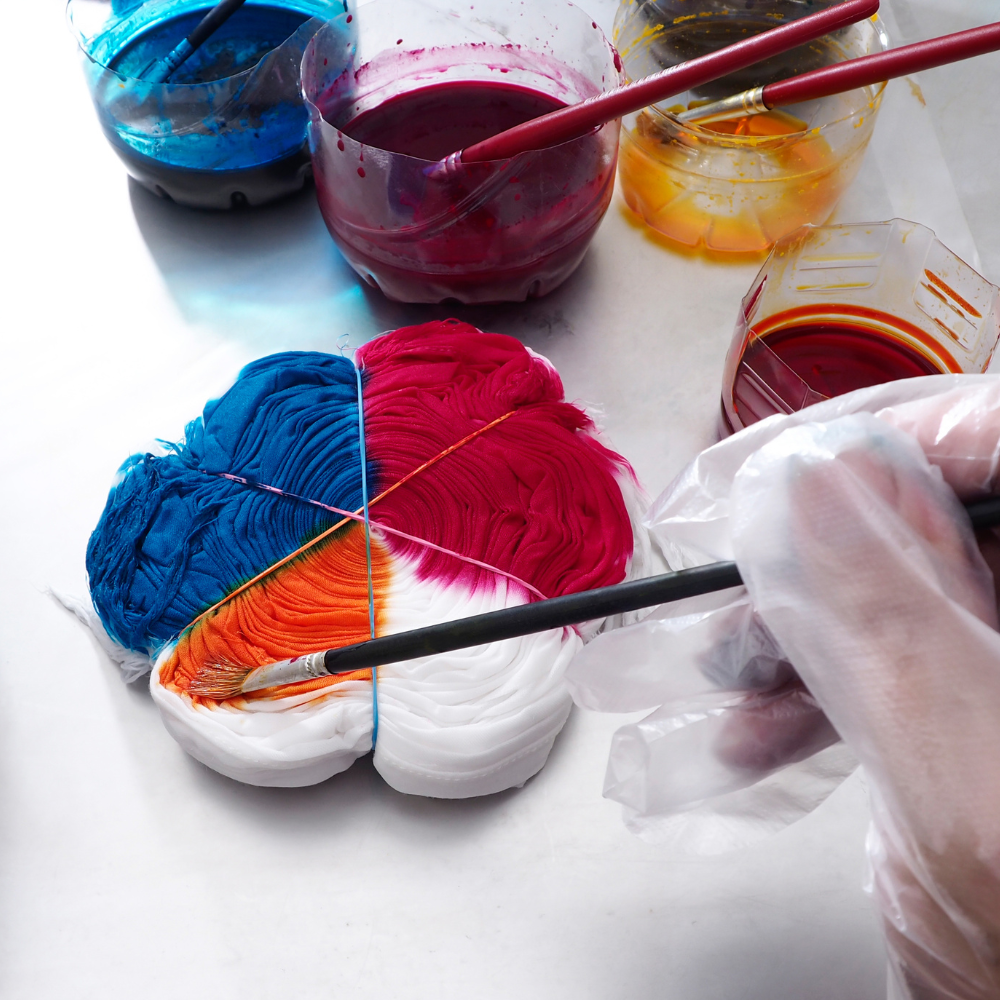
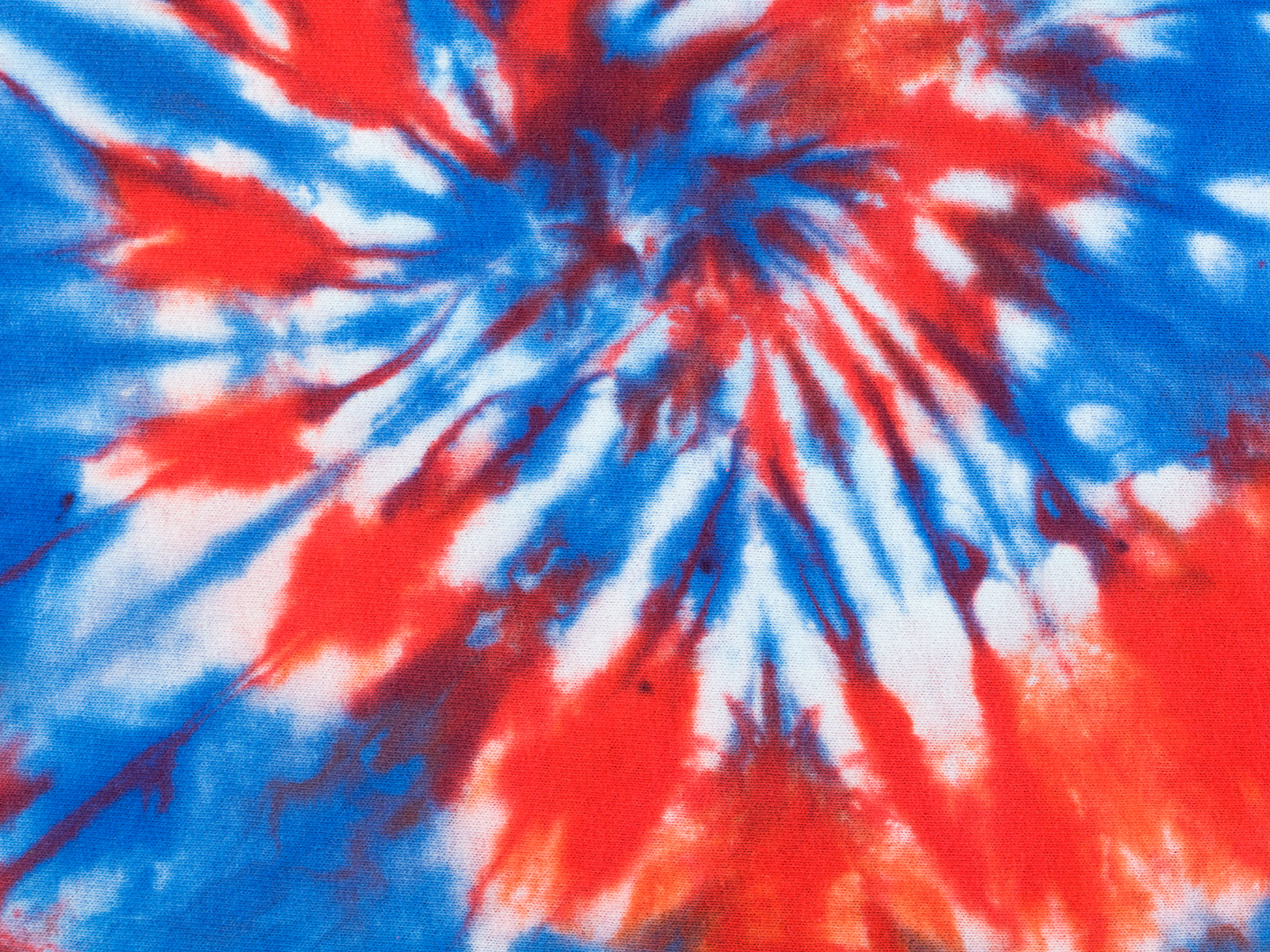

- Embrace Imperfection:
The beauty of tie-dye lies in its unpredictability.
Each piece is as unique as a fingerprint, so embrace the imperfections and let your creativity flow!
- Patience is Key:
Let your dyed fabric sit for at least 8 hours in a plastic bag or plastic wrap to allow the colors to set before rinsing.
This will ensure your colors stay vibrant and won't bleed.
- Take Care of Your Creation:
To ensure your design lasts, rinse your dyed fabric in cold water until the water runs clear.
It's important to remove excess dye from the fabric, so wash it separately in cold water with mild detergent and hang to dry.
- Be Resourceful:
If you're looking for inspiration, there are plenty of resources online and in-person.
Check out local art fairs, community centers, or even YouTube tutorials.
With these tips in mind, you'll be a tie-dye master in no time!
Tie-dyeing is a great way to express your creativity and make some truly unique pieces of art.
With the right supplies and a bit of practice, you'll be creating amazing works of art in no time; from clothing to accessories and beyond, the possibilities are endless!
So, don your protective gloves, grab your supplies, and unleash your inner tie-dye wizard!
Who knows?
You might even create the next big fashion trend!
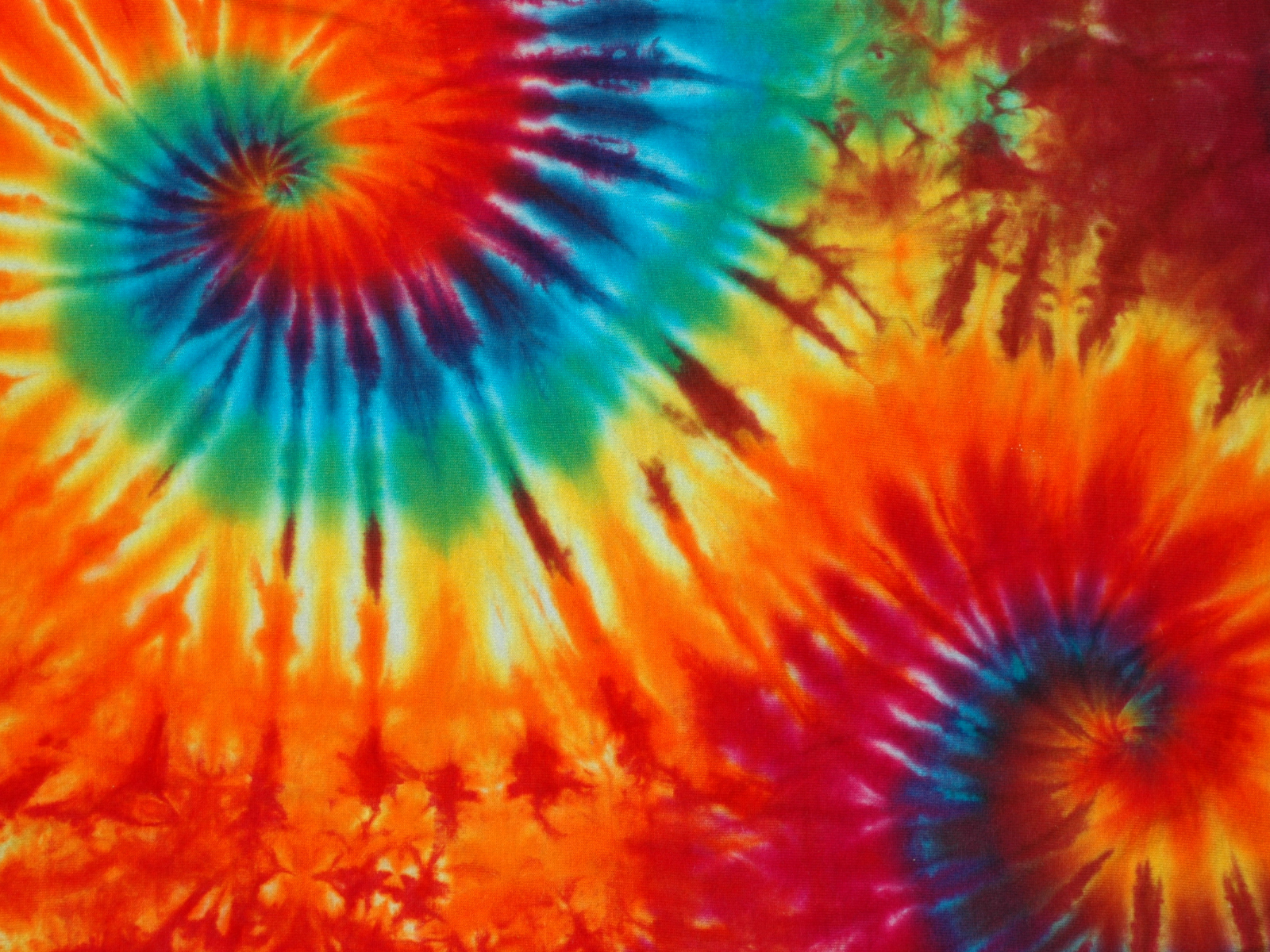
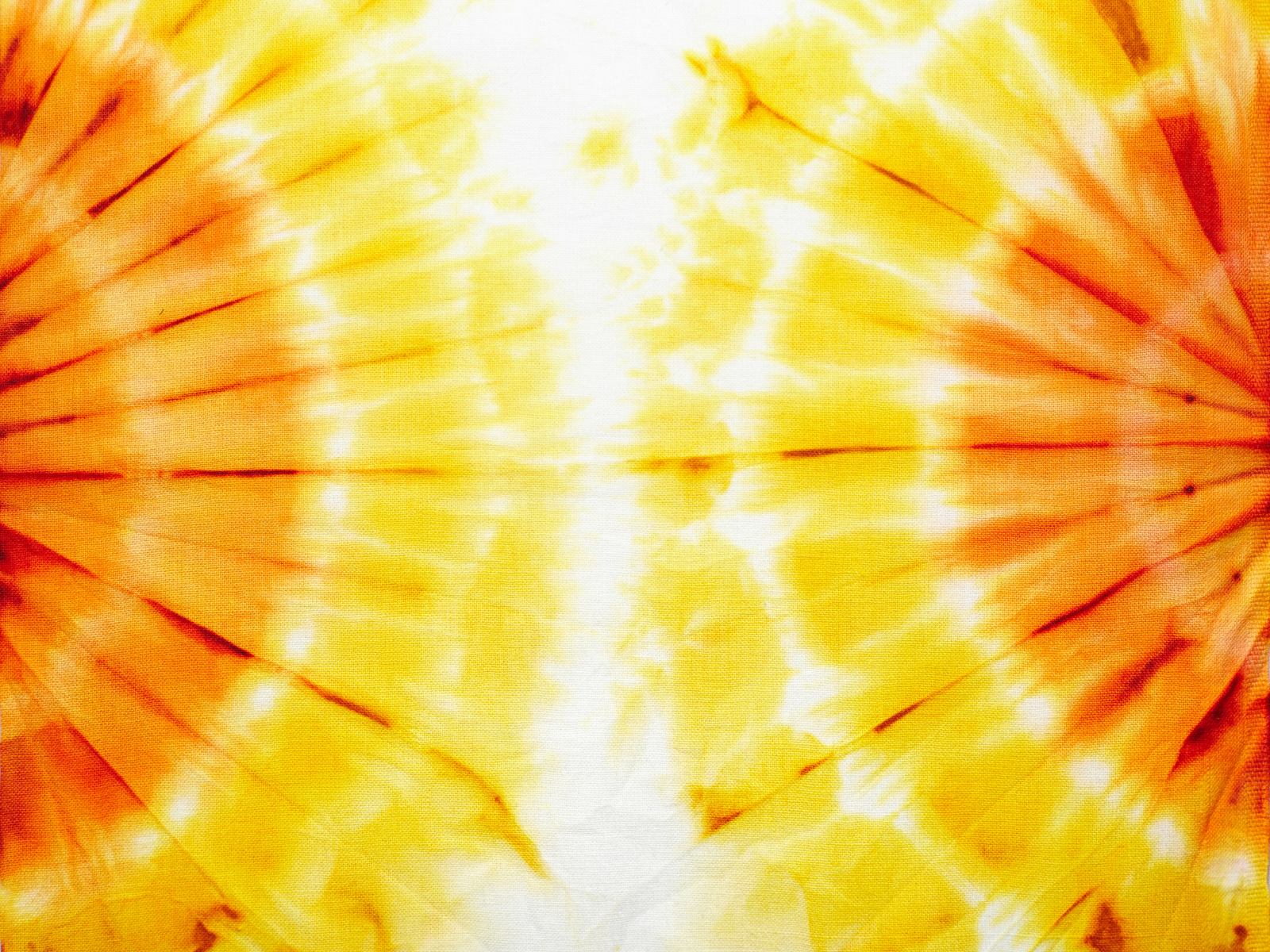
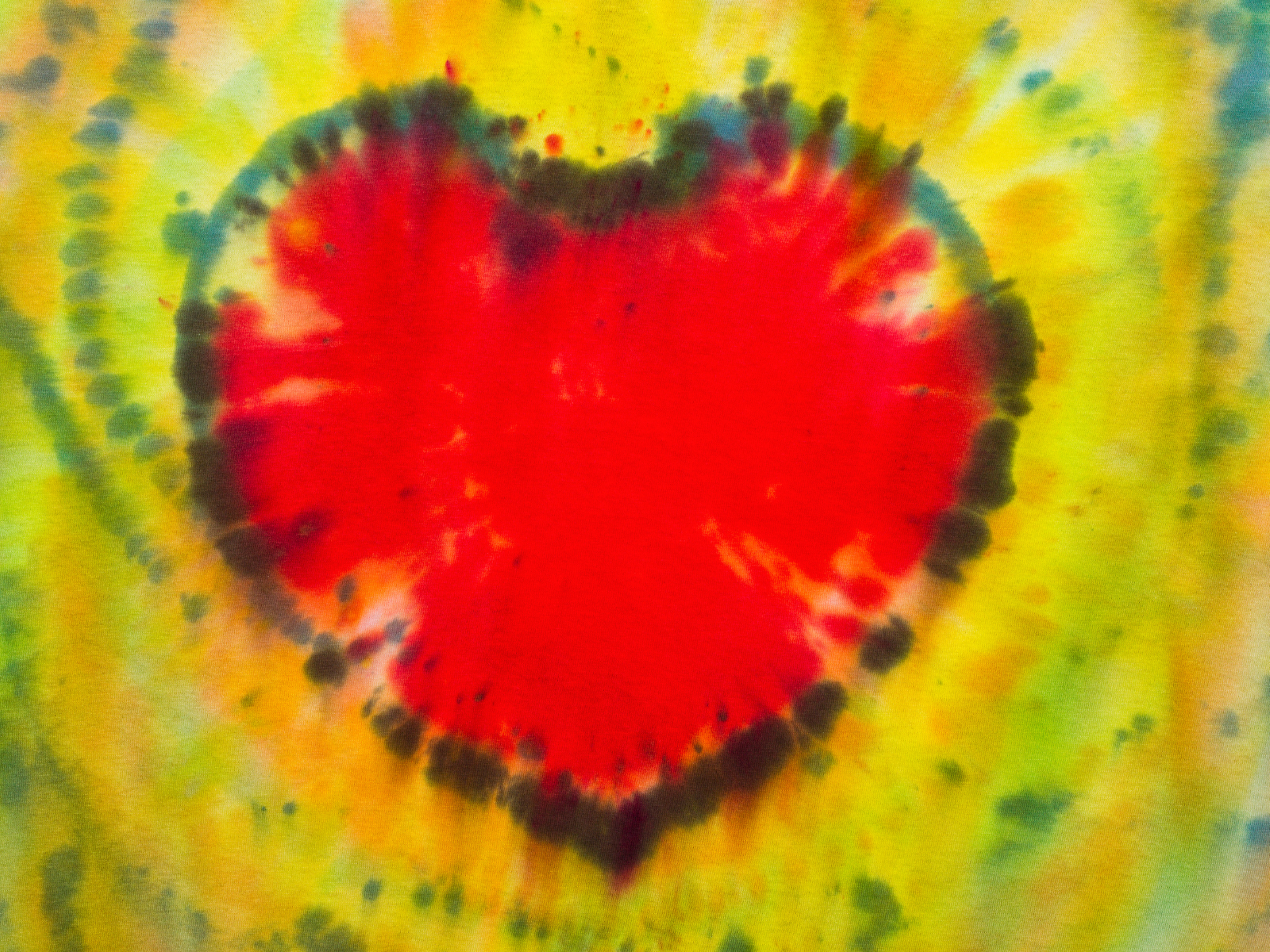
Creating Terrific Tie Dye Pieces
So there you have it, folks!
A whirlwind tour of the colorful world of tie-dye.
Tie dye has come a long way- from ancient cultures to the counterculture movement of the 60s and 70s, and now to the modern world of wearable art.
By learning about the tie-dye process, you too can become a tie-dye artist!
The vibrant and bold colors are captivating, and the process of dyeing is fun and straightforward.
It's just the right activity for artists of all skill levels to showcase their creativity, express themselves, and make one-of-a-kind pieces of wearable art.
Whether you're a seasoned artist or a curious beginner, there's always something new to learn and create in this vibrant art form.
Don't just take our word for it, give it a try, and experience the magic of tie dye for yourself!
So, go forth, friends, and add a splash of color to your world!
Grab some dye, roll up your sleeves, and let's make history together!
Remember, the beauty of tie-dye lies in its unpredictability.
No two pieces are ever the same, and that's what makes it truly magical; happy dyeing!

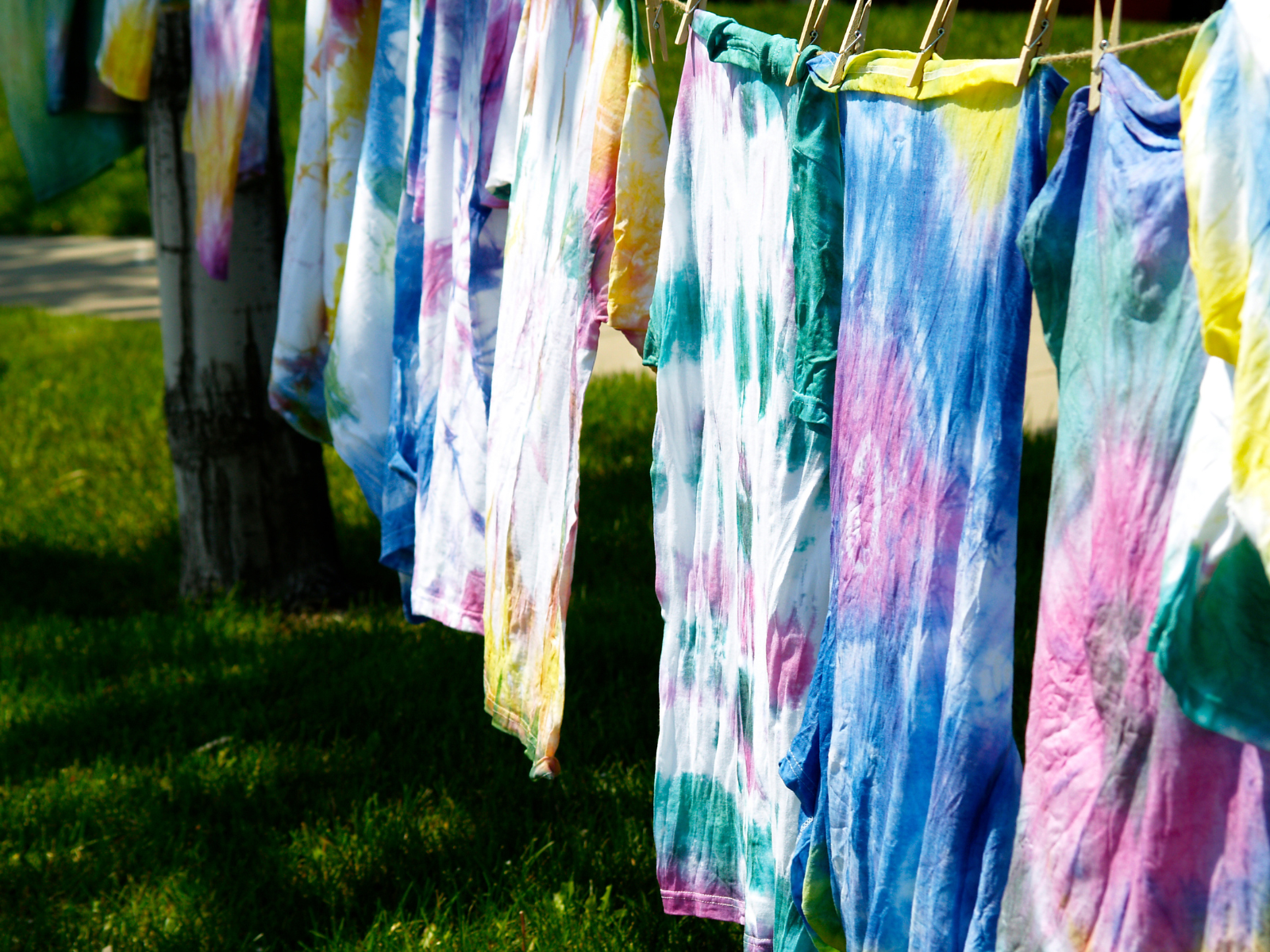

Ready to create your own tie dye masterpieces? Check out Sheri Vegas' video!
Want even more content about creativity and art?
Be sure to check out all of our creative chronicles!
Interested in crafting with fabrics?
Check out some of our other textile articles:
